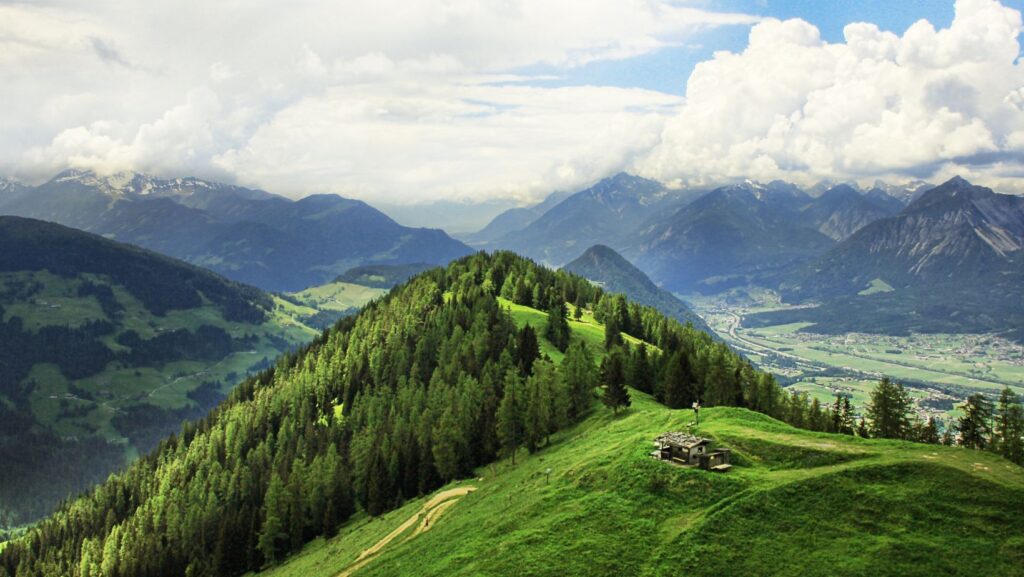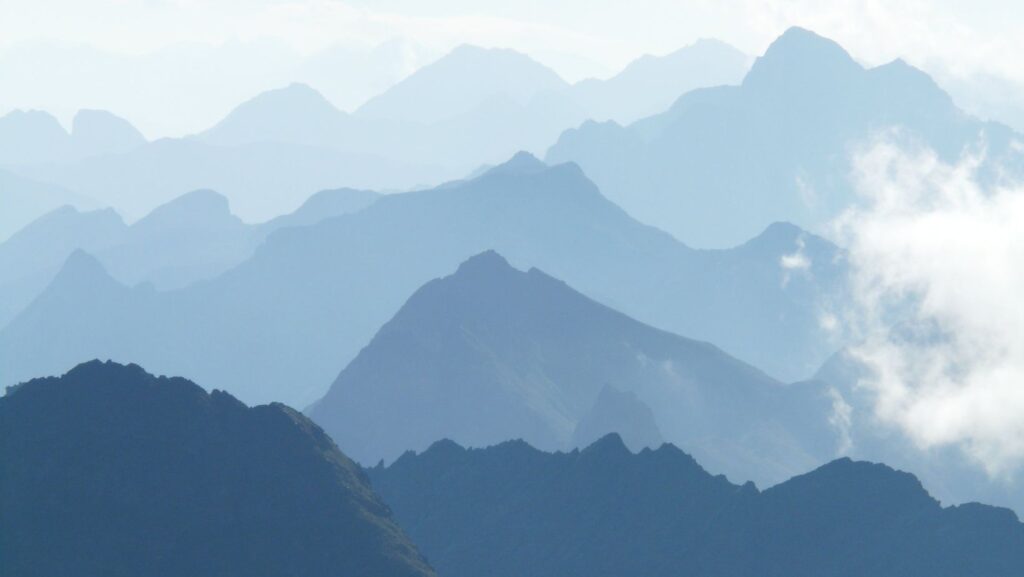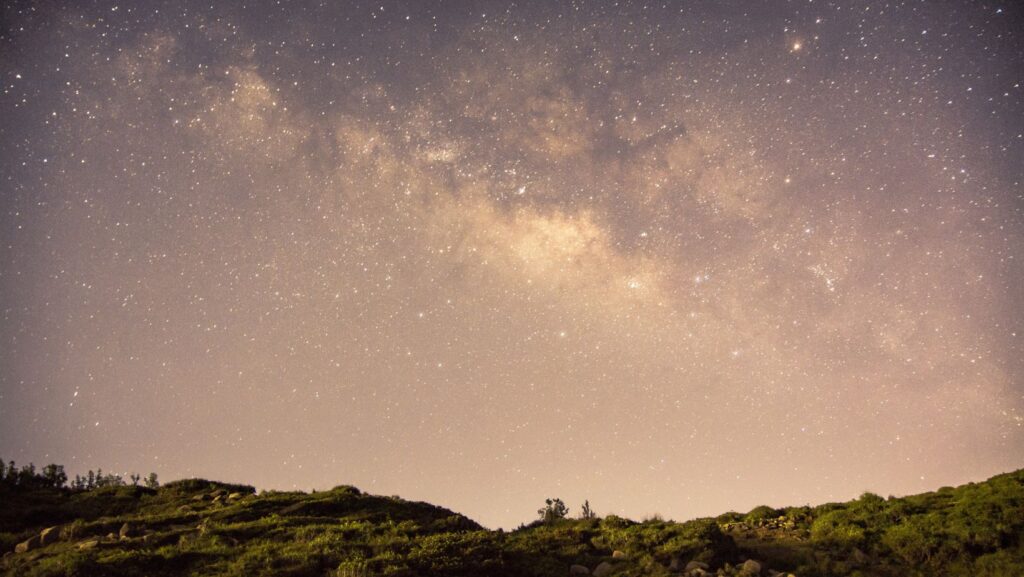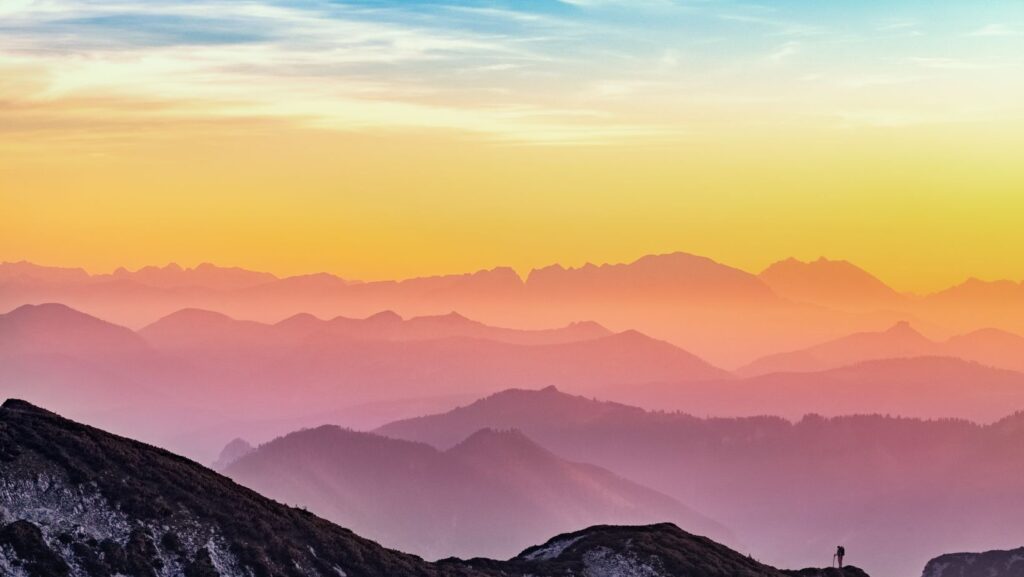Drawing:aqhy059ulxy= Mountain

Drawing mountains can be a mesmerizing journey into the heart of nature’s grandeur. These towering formations, with their rugged peaks and sweeping valleys, have inspired artists for centuries. Capturing the essence of a mountain landscape on paper requires not just skill, but also an appreciation for the subtle interplay of light and shadow that brings these majestic structures to life.
For budding artists, understanding the basics of mountain drawing can open up a world of creative possibilities. From the gentle slopes of rolling hills to the jagged edges of rocky summits, each mountain offers a unique challenge and opportunity for artistic expression. By mastering techniques such as perspective and shading, artists can create dynamic compositions that convey the awe-inspiring beauty of mountainous terrains.
Whether they’re sketching a serene mountain vista or an imposing peak, artists embark on a creative adventure that hones their skills and deepens their connection to the natural world.
Understanding The Fundamentals Of Drawing Mountains

Grasping essential concepts in mountain drawing involves perspective, scale, and texture. Perspective plays a crucial role in creating the illusion of depth. By drawing converging lines toward a vanishing point, artists convey a realistic sense of distance and elevation. Scale establishes the proportion between different elements, ensuring mountains appear natural and balanced within the landscape. Using reference points, artists can maintain consistency between foreground and background objects.
Texture adds depth and interest to mountain drawings. By observing geological features like ridges and slopes, artists mimic the natural ruggedness detail. Implementing techniques such as cross-hatching or stippling further enhances texture, creating varied surfaces that capture light and shadow effectively. Understanding these fundamentals serves as the foundation for accurately depicting mountain scenes.
Essential Tools For Mountain Drawing
Effective mountain drawing relies on selecting the right tools to bring landscapes to life. Understanding how each tool contributes can enhance the creation process.
Choosing The Right Pencils
Graphite pencils are crucial for mountain drawing due to their versatility in creating varied line weights and textures. Artists often select a range of pencils from H to B grades; H pencils (e.g., 2H) produce lighter lines ideal for preliminary sketches, while B pencils (e.g., 4B) create darker, more expressive strokes for shading. Using a combination of these pencils allows for detailed texture and depth.
The Importance Of Quality Paper
Quality paper significantly impacts the outcome of a mountain drawing. Heavier paper (e.g., 200gsm) with fine tooth texture supports different shading techniques and prevents smudging. Acid-free paper maintains the artwork’s longevity by resisting yellowing over time. Selecting the right paper ensures better control over pencil marks and enhances overall presentation.
Additional Art Supplies
Several art supplies complement the essential tools for mountain drawing. Erasers designed for artists, such as kneaded erasers, help lift graphite without damaging paper. Blending stumps smooth out shading transitions, adding depth to landscapes. Drawing boards provide a stable surface and maintain consistent pressure when creating intricate details.
Techniques For Drawing Realistic Mountains
Drawing realistic mountains requires a combination of texture detail, light interaction, and artistic understanding.
Capturing Textures And Details
Textures create realism in mountain drawings. Artists replicate rocky surfaces using techniques like cross-hatching, stippling, and contour lines. Each method contributes to various rock formations and terrain appearances. Cross-hatching involves intersecting lines to form shadows, while stippling uses dot patterns for subtle shading. Contour lines follow the natural curves, enhancing structural depth.
Understanding Light And Shadow

Light and shadow define mountain forms. Artists use these elements to convey time of day and atmospheric conditions. Understanding how light interacts with mountain surfaces allows for accurate shadow placement. Highlights occur where light hits directly, creating bright spots. Shadows form opposite the light source, adding dimensionality. Gradual shading underscores the gradient from light to dark, emphasizing the mountain’s three-dimensional structure.
Drawing mountains offers artists a rewarding journey into capturing nature’s grandeur. By mastering techniques like perspective and shading, they can bring mountain landscapes to life with depth and realism. Choosing the right tools and understanding light interaction further enhances the creative process. As artists refine their skills, they not only improve their craft but also deepen their appreciation for the natural world. Embracing the challenges and avoiding common pitfalls ensures their mountain drawings are both accurate and visually captivating, making this artistic endeavor a fulfilling experience.
